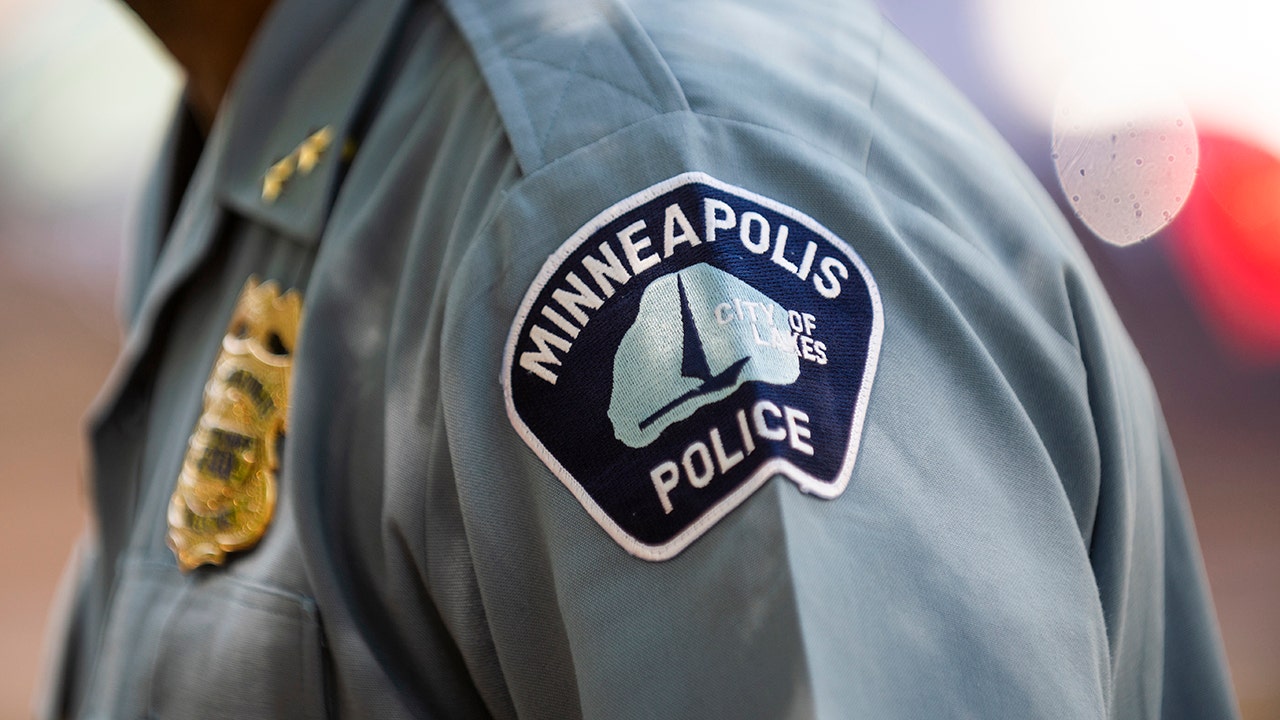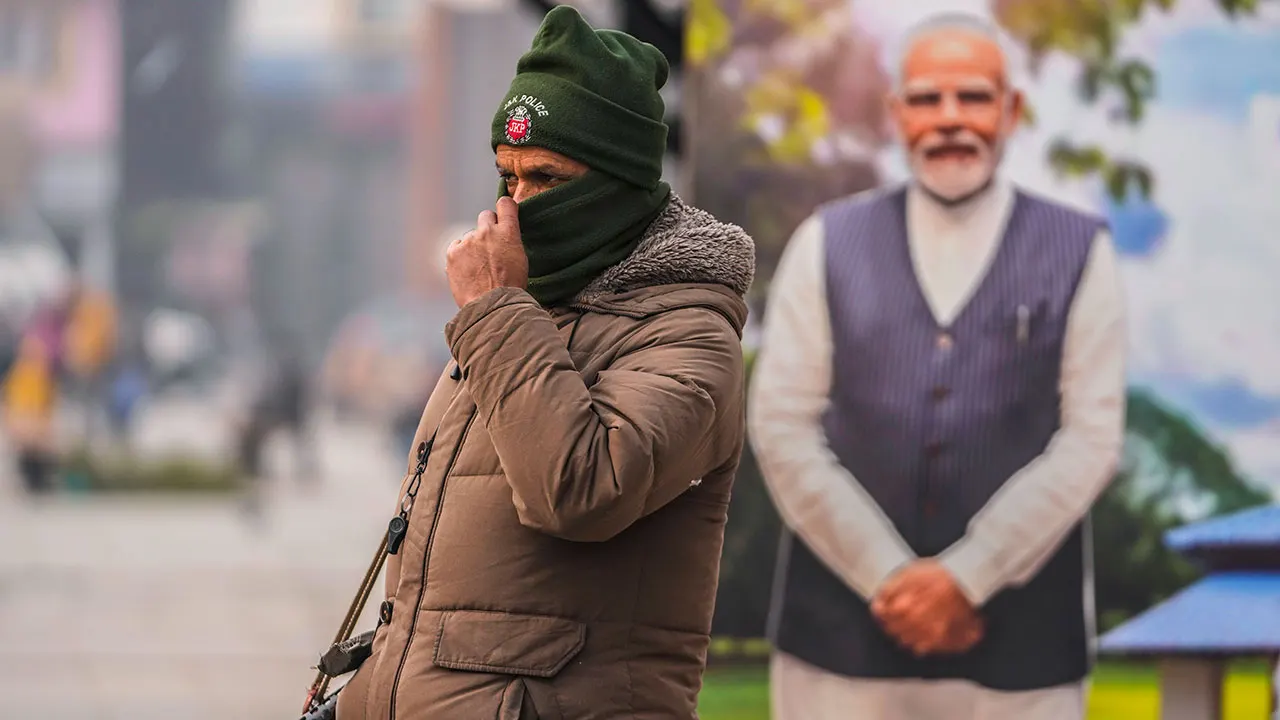The Aga Khan IV, who as the leader of the world’s Ismaili Muslims fused entrepreneurship and philanthropy in becoming one of the world’s wealthiest hereditary rulers, died on Tuesday in Lisbon. He was 88.
His death was confirmed by his Aga Khan Development Network in a post on X, the social media site. No cause was given.
Urbane, cosmopolitan and often media-averse, the Aga Khan — born Prince Karim Al-Hussaini — rejected the notion that expanding his personal fortune would conflict with his charitable ventures. He said his ability to prosper complemented his duty to enhance the lives of Ismaili Muslims, a branch of the Shiite tradition of Islam with a following of 15 million people in 35 countries.
An imam, or leader of his faith, was “not expected to withdraw from everyday life,” he once said after becoming the Aga Khan. “On the contrary, he’s expected to protect his community and contribute to their quality of life. Therefore, the notion of the divide between faith and world is foreign to Islam.”
His projects included developing the island of Sardinia’s ritzy Costa Smeralda resort area, breeding thoroughbred racehorses and establishing health initiatives for the poor in the developing world.
He took issue with descriptions of his lifestyle as lavish, though he traveled on his own private jets and a luxury yacht, owned a private Caribbean island and shuttled among a variety of residences, including Aiglemont, a sprawling estate north of Paris that became the headquarters of his development network and a training center for his horses.
“The role and responsibility of an imam,” he said in a speech in 2006, “is both to interpret the faith to the community and also to do all within his means to improve the quality, and security, of their daily lives.”
Even though he had no inherited realm in the manner of other hereditary rulers, the Aga Khan’s fortune was variously estimated at $1 billion to $13 billion, drawn from investments, joint ventures and private holdings in luxury hotels, airlines, racehorses and newspapers, as well as from a kind of Quranic tithe levied on his followers.
Unusually, the Aga Khan — often translated as a blend of Turkish and Persian meaning commanding chief — inherited his title from his grandfather the Aga Khan III, who bypassed his other descendants to name his grandson as his successor. With his assumption of the leadership as 49th imam of Ismaili Muslims, the Aga Khan IV took the reins of a Shia Muslim lineage that claimed descent from the Prophet Muhammad and imposed what he said were clear responsibilities on him.
At the time, he was a 20-year-old student of Islamic history at Harvard. In 1957, Queen Elizabeth II of Britain conferred on him the nonhereditary title of His Highness, a reflection of the close ties between the two dynasties, bonded in a shared fascination with fine horses.
In his will, his grandfather Sultan Mohamed Shah said he had chosen to skip a generation in part because the “fundamentally altered conditions in the world” — including advances in atomic science — required a “young man who has been brought up and developed during recent years and in the midst of the new age, and who brings a new outlook on life to his office.”
Indeed, the Aga Khan IV confronted several modern-day crises afflicting his followers, who are concentrated in Central Asia, Afghanistan, Pakistan, Iran and East Africa. Many of them faced upheavals, like the 1972 decision by the Ugandan dictator Idi Amin to expel Asians and the turmoil in Tajikistan following the collapse of the Soviet Union.
The Aga Khan was long known as a well-connected person. As such, he was able to persuade Prime Minister Pierre Elliot Trudeau of Canada, whom he had met in the 1960s, to permit thousands of Ismaili Muslims to emigrate to Canada when they were forced to leave Uganda.
His friendship with Mr. Trudeau reflected an ambiguous relationship with Canada, where he became an honorary citizen in 2010. In 2017, Mr. Trudeau’s son, Prime Minister Justin Trudeau, drew censure from Canada’s ethics commissioner after he and his family accepted the Aga Khan’s hospitality with an unannounced vacation at the prince’s private residence in the Bahamas.
The trip was deemed to represent a conflict of interest because the Aga Khan Foundation had recently received $38 million worth of federal support from the Canadian authorities. For his part, the Aga Khan was officially exonerated.
Following the collapse of the Soviet Union, the Aga Khan’s followers in the mountainous Pamir region of Tajikistan were among those embroiled in a ruinous civil war in the 1990s against the government led by Emomali Rahmon. In response, the Aga Khan accelerated investments in power generation and a cellphone company in Tajikistan and later built health care, microfinance and other facilities as well as the University of Central Asia in Khorog.
But the Aga Khan’s revered status among Ismaili Muslims, living mainly in Tajikistan’s Gorno-Badakhshan Autonomous Province, reportedly stirred resentments and resistance among the country’s secular leaders, who sought to block demonstrations of support for the Aga Khan.
Prince Karim Al-Hussaini was born in Geneva on Dec. 13, 1936. He was the eldest son of the noted playboy Prince Aly Khan and his first wife, Joan (Yarde-Buller) Khan, a descendant of British aristocracy. His younger brother, Amyn Aga Khan, was born the following year. In 1949, their parents divorced, and Prince Aly went on to marry the American actress Rita Hayworth, with whom he had a daughter, Princess Yasmin Aga Khan.
Known in his youth as Prince Karim, the Aga Khan grew up in Nairobi, Kenya, before schooling at the exclusive Institut Le Rosey in Geneva. In his late 20s, he competed for pre-revolutionary Iran in skiing at the 1964 Olympics in Innsbruck, Austria.
He went on to Harvard, where he was studying Islamic history when he became Aga Khan IV on the death of his grandfather.
“It was a shock,” he said in an interview in 2013 with Vanity Fair magazine, “but I don’t think anyone in my situation would have been prepared.”
His new status, he said, meant that the course of his life was henceforth set on immutable coordinates. “I was an undergraduate who knew what his work for the rest of his life was going to be,” he said.
Some of his followers ascribed divine status to him, but he rejected such notions of godliness.
In 1969, he married Sally Croker Poole, a British model and former debutante who became Salima Aga Khan. The couple had three children, Princess Zahra, Prince Rahim and Prince Hussain, before they divorced in 1995. All three siblings went on to work in the Aga Khan’s organizations.
Three years later, the Aga Khan married Gabriele (Thyssen) zu Leiningen of Germany, who became Inaara Aga Khan. They had a son, Prince Aly Muhammad. The couple broke up a few years later and spent a decade negotiating a divorce settlement said to be worth about $60 million when adjusted for inflation.
He is survived by his children; his brother, Prince Amyn Muhammad; his half sister, Princess Yasmin; and four grandchildren.
Over the years, the Aga Khan’s business ventures were eclectic. He was a prime mover in the 1960s in building the resort of Porto Cervo, complete with a yacht club and polo tournaments, as part of the development of Sardinia’s northern Costa Smeralda as a playground for the superrich. He showed a liking for Maserati sports cars, but he also invested in the developing world in basic industries that made fishnets, plastic bags and matches.
In Uganda, following the overthrow of Idi Amin and the later rise of Yoweri Museveni, he joined private equity giants like the Blackstone Group in a $750 million hydroelectric scheme.
In 1960, Prince Aly, the Aga Khan’s father, died in a car crash at Suresnes, outside Paris, and his children inherited his lucrative equestrian empire, which included nine farms in Ireland and France. “The three of us found ourselves with this family tradition none of us knew the first thing about,” he told Vanity Fair in 2013.
Since then, the Aga Khan had owned, trained and bred many champion horses. In France, his filly Valyra won the prestigious Prix de Diane in 2012, to establish a new owners’ record of seven wins. In the 1980s, his stallion Shergar was abducted in Ireland and never seen again. (He refused to pay a ransom demand.)
“I’ve come to love it — it’s so exciting, a constant challenge,” he once said of the equestrian business. “Every time you sit down and breed, you are playing a game of chess with nature.”















